|
Dandeman Dan's Toy Page
Toyota 4Runner & Ham Radio Interests |
A ham radio friend of mine living in Charleston, SC was able to give me a royal tour of carrier Yorktown in Charleston, South Carolina. John at the time, was heavily involved in repeater building with the Charleston Amateur Radio Society (CARS) and, the installation of those systems on carrier Yorktown. He had the keys to spaces off the beaten tourist path; and this was quite a treat.
Below are some photos of the club radio center and the WA4USN repeater site, and what turned out to be quite a nostalgia trip for me onboard the USS Yorktown (CV-10) located at Patriots Point in Charleston.
What started out as the documentation of just this visit, has grown into documenting my older brother's early aviation career starting as a 14 year old at a local hometown airport, to his days as a Navy carrier pilot flying his F-8 Crusader on 168 combat missions over Vietnam, and safely returning.
Last, there are some photos of my days in the Navy on board the USS John Paul Jones (DDG-32) which deployed in company with the carriers USS Ranger and USS Coral Sea.
While I did only 3 years active duty, my older brother was career Navy and an F-8 Crusader pilot. The Crusader was the first level flight supersonic carrier aircraft, and of course, the subject of many a late night interesting conversations. I decided it was time to put some of this out on the web. There's a lot of additional stuff I'd like to add to this page over time.
The repeater antennas can be seen from this distance at the top of the ships mast.
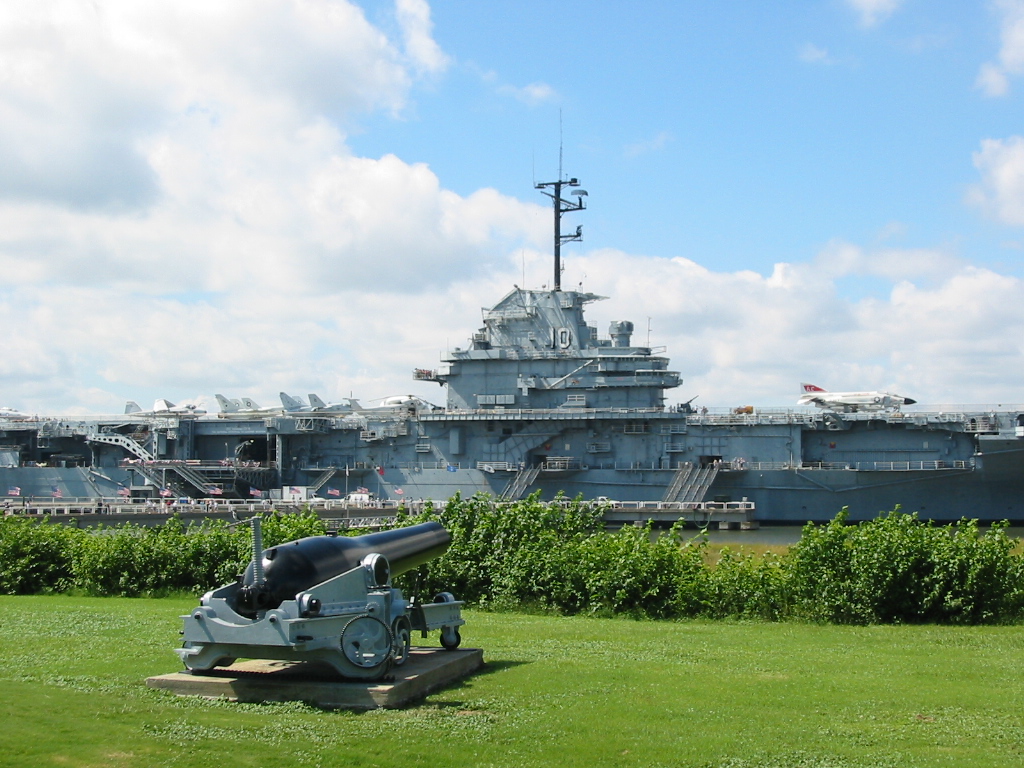
Entering the WA4USN amateur radio center.
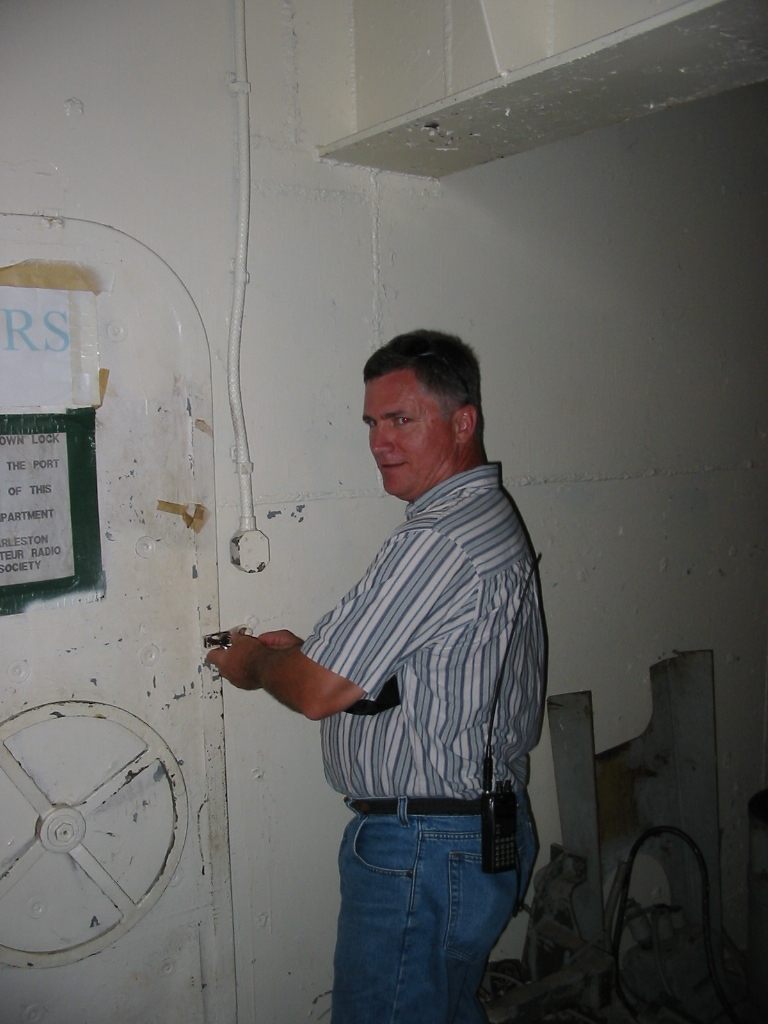
The center is located in what was the emergency forward steering compartment located just below the flight deck at the bow of the carrier. The port holes are just below the flight deck facing forward.

Quite a view looking out!

A little bit of nostalgia for me. This is an F-8U Crusader, which my older brother flew in his career as a Navy carrier pilot.
Click the image below to hear the Pratt & Whitney J57 engine being started
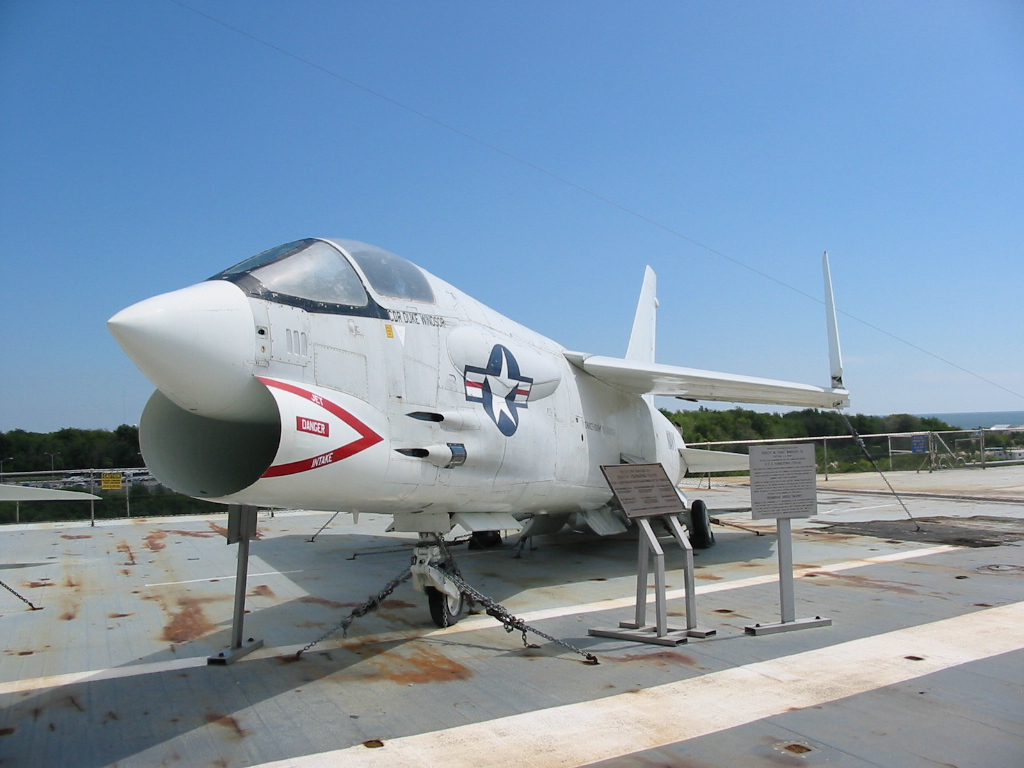
F-8 pilots were truly a unique breed as demonstrated by an excellent safety record in combat flying in Vietnam and relatively few losses.
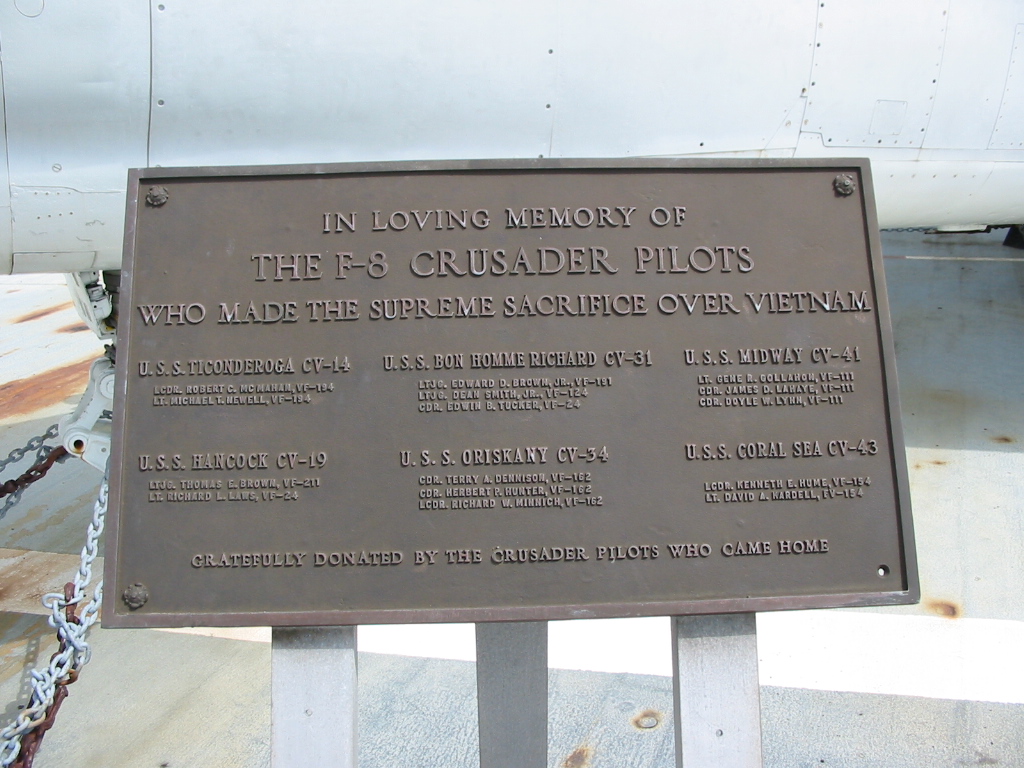
The F-4 Phantoms were to have been the first of a "point and shoot" approach with it's advanced radar and weapons systems whereas the F-8 pilots were trained and the Crusaders equipped for close in aerial combat. Many of the Crusader pilots went on to train those who followed them in Air to Air Tactics that would become known to the rest of the world in the movie "Top Gun". I decided to write him about this web page and asked if he wanted to offer any additional detail.
Dan,
This is a neat bit of history and takes me back about 3-4 decades. Most of those (listed on the memorial above) were 27 Charley Type carriers, except Coral Sea and Midway. I knew most of the guys on the Memorial and some in training at VF-124 at Miramar in 1966-68 and Coral Sea in 70-73. My first Intro to the F8U-1 was in 1958, and then on to VF191 where I first met Lefty Swartz..you remember him I believe. Herb Hunter was also in the Blues (Blue Angels) at the same time as Lefty.. knew him later at Miramar in 66,67..not sure which year he was killed. The F-8 killed more pilots during normal carrier ops than combat did. The small decks left very little margin as Hook to Ramp Clearance was only about 10-12ft and at night it was a bear, especially if there was any pitching as was quite often. In the Gulf of Tonkin, the decks were steady most of the time unless thunderstorms kicked up the swells....
There is a story I might add about the F8 vs the F-4 that I got involved with quite by accident. In short the F-4 community was having high losses with MIG intercepts as their training was mostly using their highly sophisticated radar and missile systems and very little one-on-one Air to Air Tactics!
I was a ready FRP, (Fleet Replacement Pilot) in VF124 waiting to join VF-51 as soon as they returned from a Vietnam tour. Out of a conversation with the ComNavAirPac admiral , and the skipper of VF-51 and an F4 Squadron skipper regarding the number of F-4 losses, compared to the lower F8 losses... the admiral said get me an F-4 and a typical F-8 crew and lets see what happens. Bill Kiper, one of the best air to air pilots in VF-124, choose me to go with him as a section. We had them in every attack....on the last run one F-4 almost spun in. F-4 training changed after that little scene!
As a result of this little test case of F-4 Fleet Replacement Pilot training or FRP vs the F8 Air-to-air training that all Crusader pilots got, the entire FRP Training for Navy F-4 pilots immediately changed to implement adversary training and less time depending on radar engagements with Mig 21 pilots. The radar training was supurb, however if the Migs intercepted any type first, which they did many times... radar was useless and in short, the F-4 community was at a big disadvantage and short changed on how to outmaneuver the MIG21 or even the 17 when the intercept turned bad. Once a merge plot occurs, it's you and your wingman's eyeballs that will predict the outcome! The missing link was how to get the hell out of a very bad situation. ACM or Air Combat Manevuering was all we did in the F-8 community. This point was driven home with our test case setup with the F-4.
One comment that will somewhat temper the way F-4 drivers and F-8 drivers see themselves. Pilot for pilot they are on average each just as capable airplane drivers for their role "IF" you train them in the same manner, that is to say switch cockpits and the Intercept Pilot would learn as the eyeball fighter type. It comes down to training concepts and much of the training is dictated by the opposition that one encounters and the equipment that you must quickly learn to apply. Against Russian Bears, etc. the F-4 was much superior, it could make a shoot down without ever seeing the target visually! When it's a western style shootout (as we called ourself Gunfighters), the F8 was among the best in it's day!
Well I could go on and on , but I sign off for now.
take care,
Hal
Hal and friends with the F-8 Crusader.

All decked out and ready to go...

Memories, some lighter moments from earlier years to the more serious days of Vietnam
Rather fuzzy VHS video of a couple of photos and awards, followed by a compilation of 16mm film taken over several deployments.
Click on the link below....
On the Flight Deck, and in the Cockpit
....narrated by Hal aka "Smiley"
Aerial Combat Manuvering....

Harold (Hal, aka "Smiley" when in the cockpit of the F-8), took his last solo flight October 23, 2011, a man with a kind soul, an aviator's spirit, and a fighter to the end. He's at peace and will be forever flying with the angels in his pride and glory F-8 Crusader.
Where it all began....

And the mentor who made it possible...

The following photographs are taken from the port side air search radar antenna platform at the point shown below. These antennas were huge and it's unfortunate that they were removed during decommissioning. With the radar antennas rotating, whether in port in preparation for going to sea, or at sea, to see them in operation was for me seeing the very soul of the ship and the mission, as these were the ship's eyes maintaining a vigilant lookout.
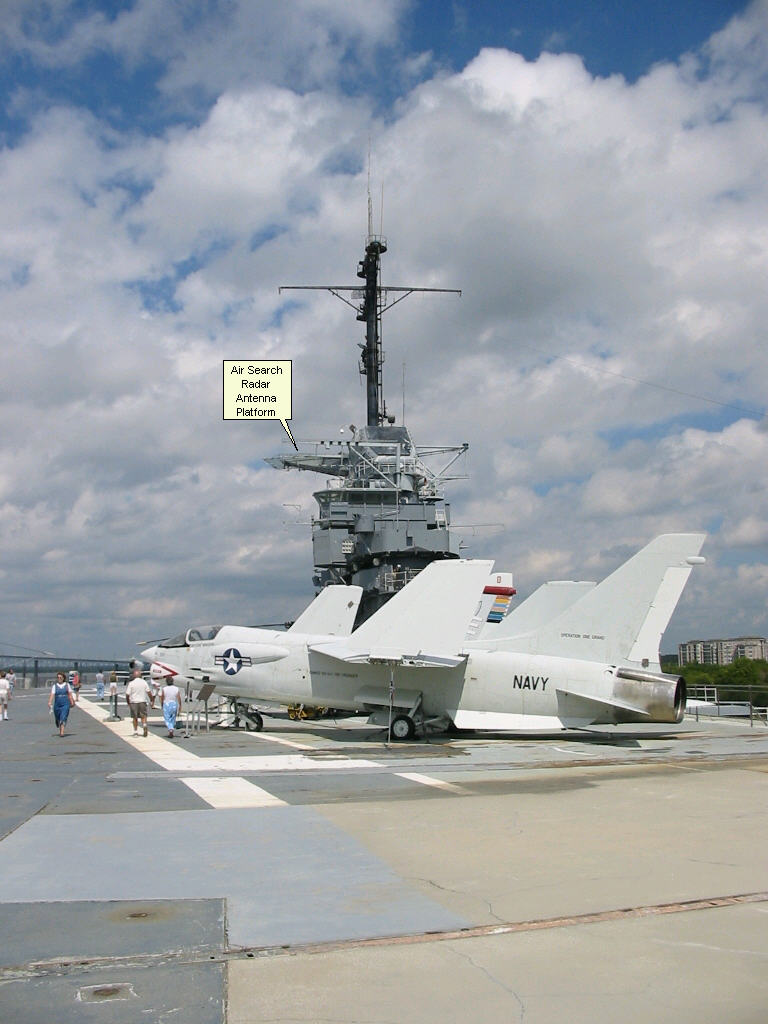
In the following photo showing the size and magnitude of these antennas, as well as how small the angle deck looked to an approaching aircraft, is readily visible. Also if you look closely you can see the arresting cables at the aft portion of the angle deck.
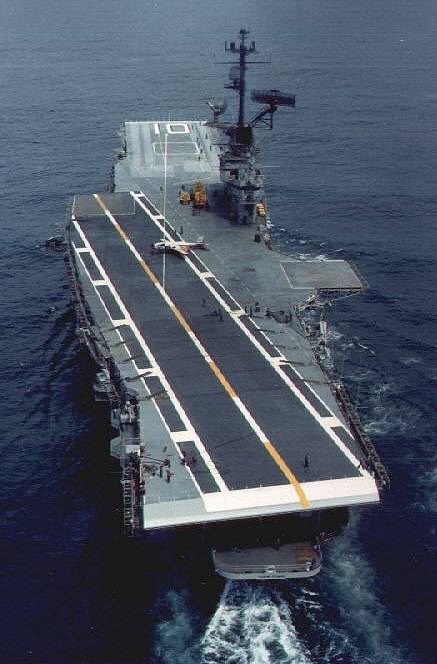
And a mug shot of John, N4SJW and myself, KR4UB.
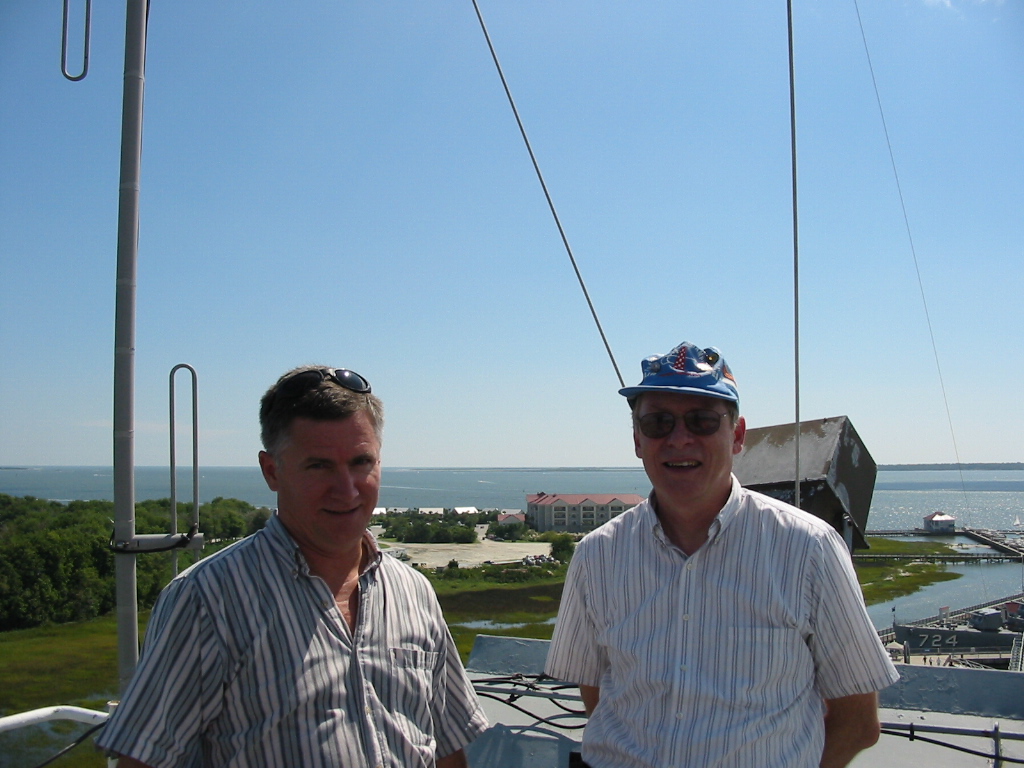
And John and the wife, with John standing next to the base of the antenna mast. I'm standing out on the port side radar platform.
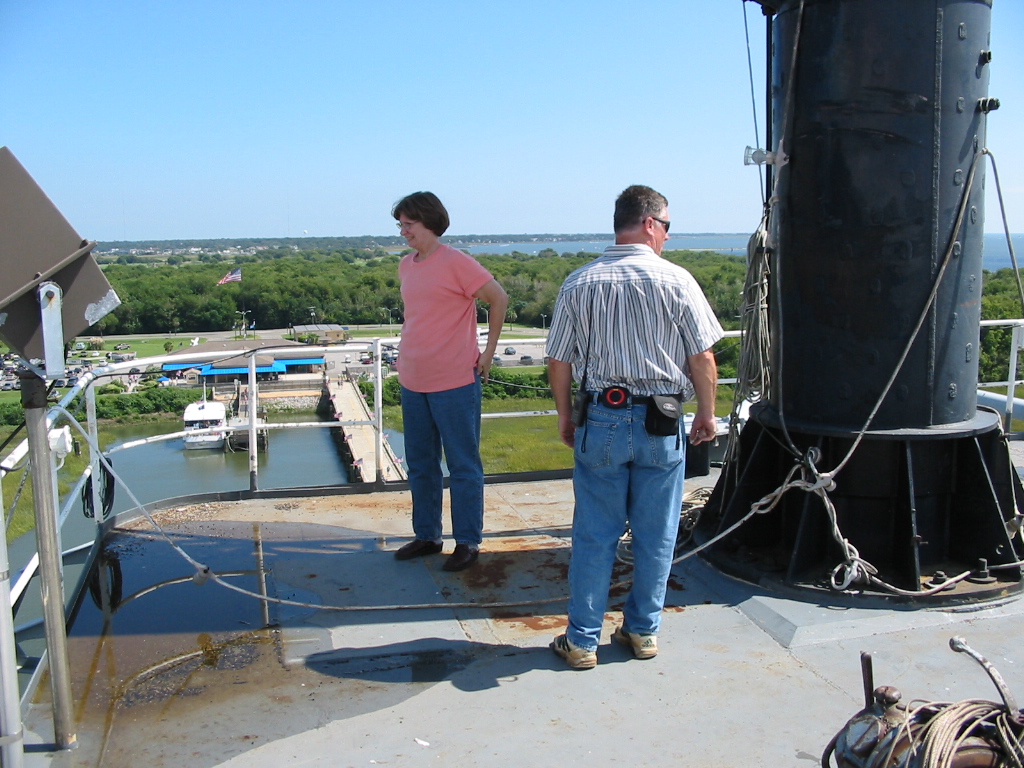
And the view forward.

And aft.
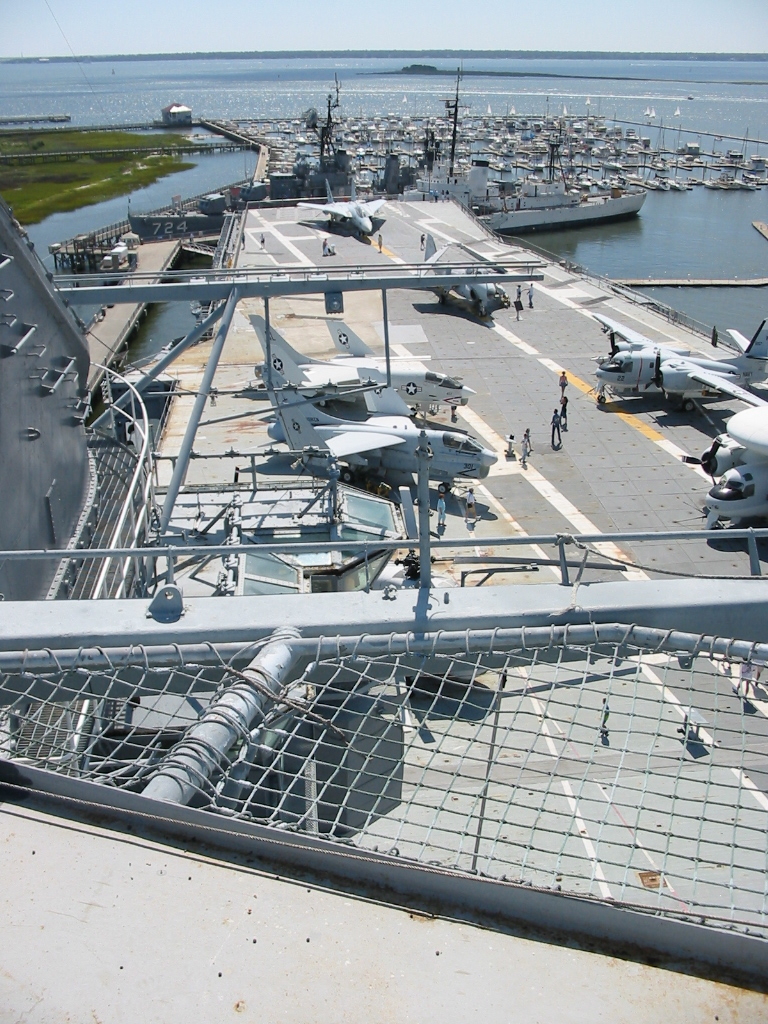
While not related to the Charleston visit, here's a photo of the USS John Paul Jones (DDG-32) where I spent my time in WestPac mostly on plane guard duty in company with USS Ranger and USS Coral Sea in Southeast Asia on Yankee Station. I was fortunate enough to also spend some of my time on board Ranger with my ELINT counterparts. It was during one of those assignments that I took the photograph below from the flight deck of carrier Ranger as the JPJ was coming alongside for refueling. The deployment commenced 26 October 1968 and ended 19 April 1969.
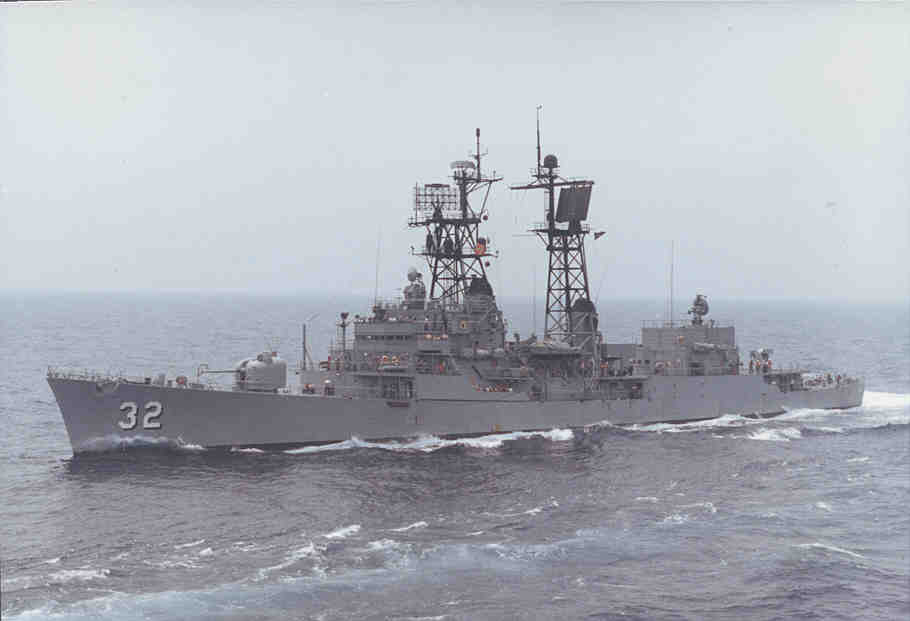
The view of an underway replenishment from plane guard station 2000 yards aft the carrier.
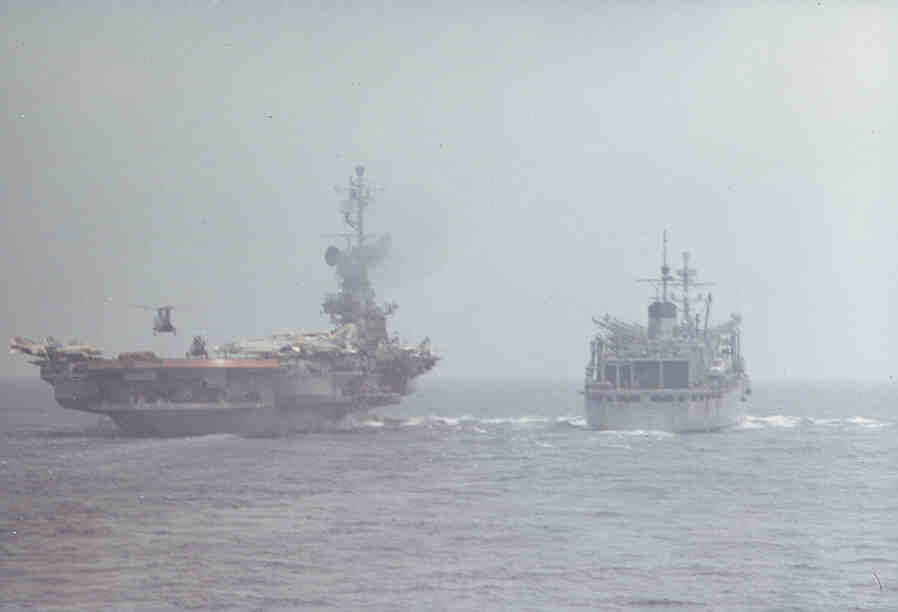
"Roger, Ball in the Groove"
Carrier based Fighter/Bomber Aircraft in Service during my Navy days
 |
 |
 |
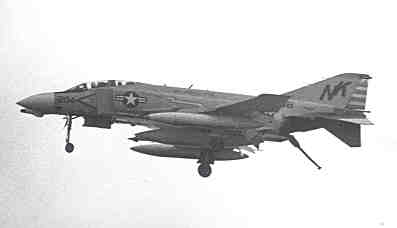 |
And to the pilots, these guys were very comforting to have around...
Rescue "helos in the air" the unmistakeable sign that aircraft launch or recovery is imminent
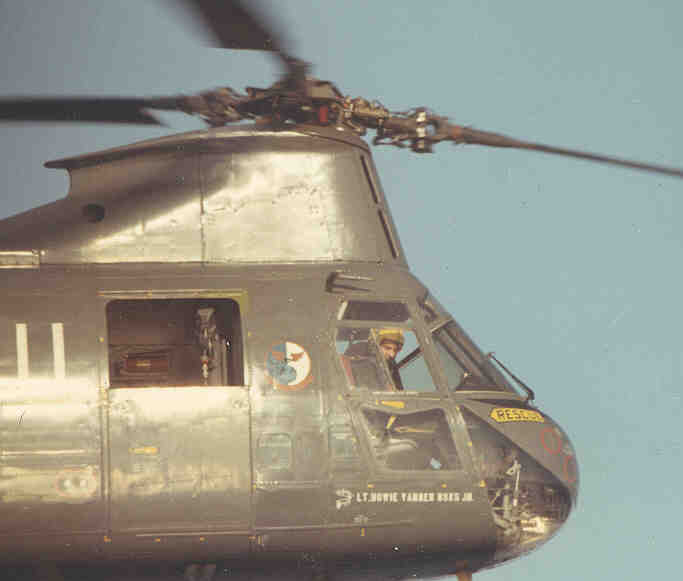
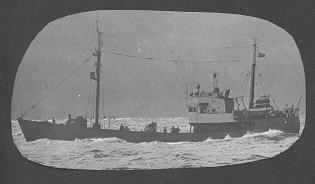
And to end the trip, here's a scene taken while walking along Folly Beach.
